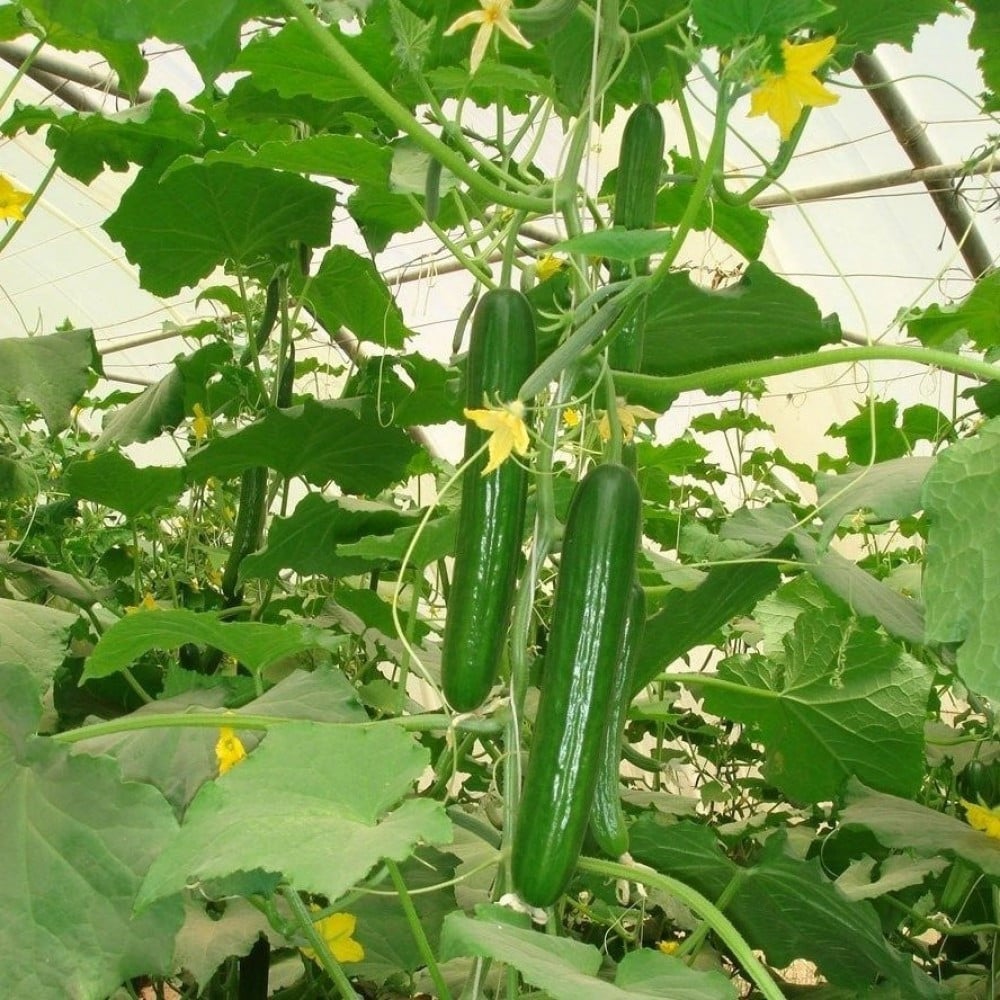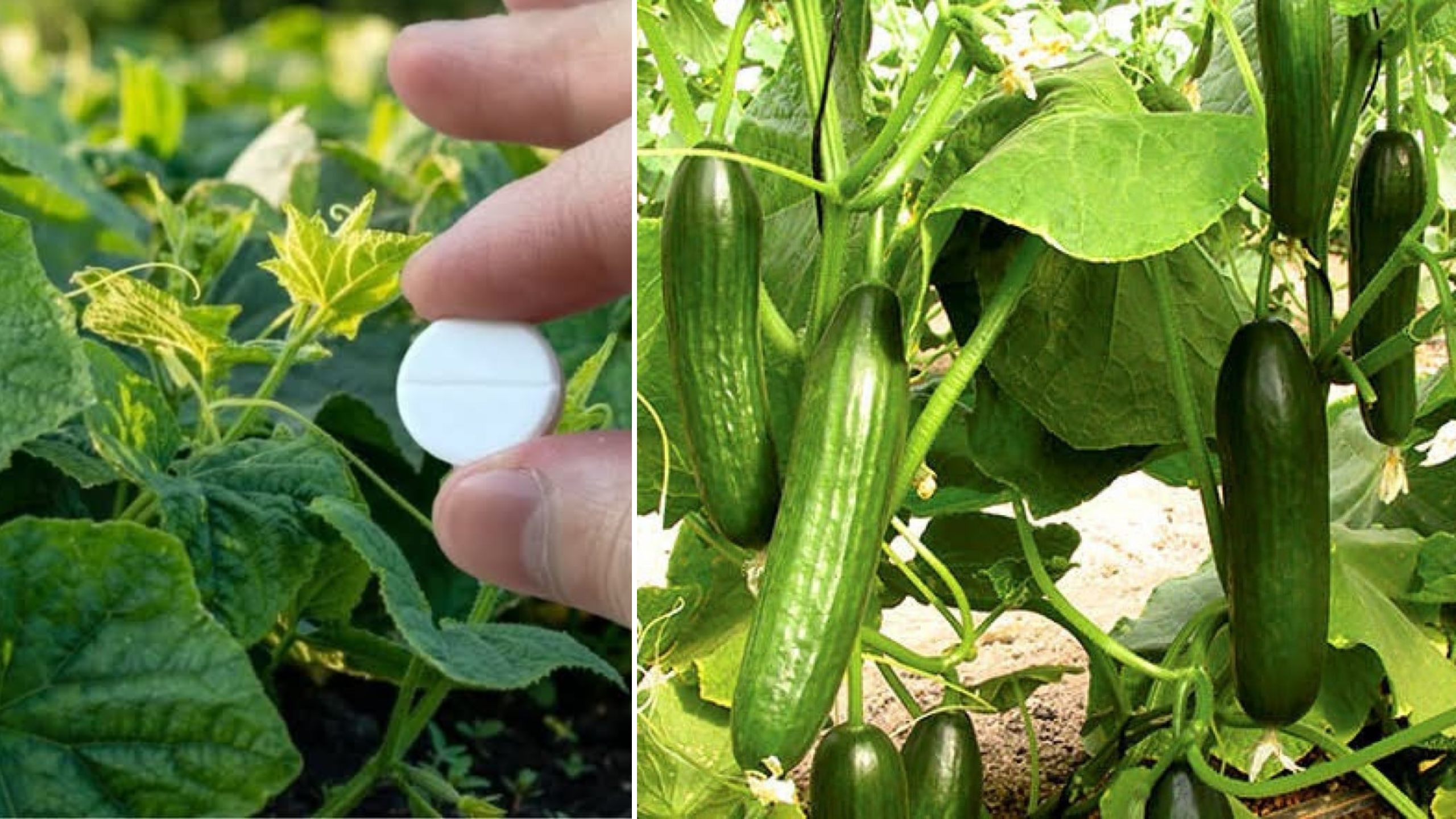Cucumbers are one of the easiest and fastest-growing vegetables you can cultivate in your garden. With the right care, they can flourish quickly and yield multiple harvests in a single season. However, there’s one surprising ingredient that can dramatically improve your results. If you want to double your cucumber harvest, never plant without it.
Let’s explore how to use this simple yet powerful gardening trick that experienced growers swear by.
Why Cucumbers Are a Great Garden Choice
Cucumbers are versatile and widely used in the kitchen—from salads to pickles and even juices. They thrive in warm weather and are relatively low-maintenance. Although they don’t require special soil, using fertile, well-prepared soil helps ensure a higher yield and healthier plants.
One of the major benefits of growing cucumbers is their fast development. If placed in a sunny location, cucumber plants can start producing fruit in as little as 40 days after planting. With a long enough summer, you can plant them more than once and enjoy multiple harvests.
Choosing the Right Cucumber Variety
Before planting, it’s essential to select the appropriate cucumber variety for your environment and purpose:
Parthenocarpic (self-pollinating) varieties: Best for greenhouse growing.
Bee-pollinated varieties: Ideal for outdoor planting, typically produce more fruit.
Take time to choose seeds that align with your gardening setup for optimal results.
The Secret Ingredient: Powdered Glucose
Here’s where the magic happens. The secret to doubling your cucumber harvest lies in preparing the seeds with a glucose-based solution before planting.
Why glucose? Powdered glucose, commonly used in baking, is rich in energy that stimulates early seed development. It enhances the germination process and supports strong, fast root and stem growth.
You can find glucose powder at well-stocked supermarkets or online.
How to prepare the glucose solution:
Mix 0.5 grams of powdered glucose in 1 liter of water.
Add 0.1 grams of vitamin C (ascorbic acid) to the mix.
This combination not only energizes the seeds but also strengthens their resistance to stress, boosting their immunity during early development.
Germinating the Seeds

Start your cucumber plants off right with this effective indoor germination method:
- Take a shallow container and layer 2–3 sheets of folded toilet paper inside.
- Moisten the paper with your glucose-vitamin solution, ensuring it’s damp but not soaking.
- Place your cucumber seeds evenly on the damp paper.
- Cover the container with a lid or plastic wrap to create a mini greenhouse effect.
- Place the container in a warm area and wait about 4 days.
Within a few days, you’ll notice that most (if not all) seeds have sprouted. Thanks to the energy from the glucose and the immunity boost from the vitamin C, your seedlings will be strong and ready for the next stage.
Transitioning to Soil
Once your cucumber sprouts have visible roots and a stem of at least 5 centimeters, they’re ready to be transferred.
Here’s how to do it properly:
Gently move each sprout into its own small pot or cup filled with potting soil.
When planting, keep the seed paper intact to avoid damaging the delicate roots.
Cover the roots fully with soil, and add a few drops of the glucose solution again to help the plant adjust.
Place the pots in a sunny windowsill to continue growing until they’re ready for outdoor transplanting.
Preparing the Garden Bed
To ensure maximum productivity from your cucumber plants, pay attention to soil preparation:
- Dig a hole about 20 cm deep for each plant.
- Sprinkle in a tablespoon of wood ash at the bottom. Wood ash is loaded with potassium, phosphorus, calcium, and iron—perfect for feeding cucumber roots.
- Mix the ash lightly with surrounding soil.
- Add organic material such as compost or aged manure on top before planting.
Once your seedlings are about 0.5 cm thick and have several healthy leaves, carefully transplant them into the prepared holes.
Tip: When transferring from cups to soil, cut the plastic cup away instead of pulling out the plant. This helps protect fragile root systems.
Final Care and Fertilization
After planting, cover the roots completely with soil and water gently. You can continue to use natural fertilizers throughout the season to support growth. Options like compost tea, banana peel water, or diluted fish emulsion work well.
Place your cucumber plants in full sun and provide support structures if growing climbing varieties. With the right care—and that all-important glucose boost—you’ll soon see lush vines and an abundance of cucumbers ready for harvest.
Summary: The Key to Bigger Cucumber Yields
If you want a thriving cucumber crop, don’t skip this simple step. Pre-soaking seeds in a glucose and vitamin C solution kick-starts the growth process, giving your plants a major head start. Combined with proper soil preparation, organic fertilization, and warm conditions, this method can double your cucumber harvest in just one season.

